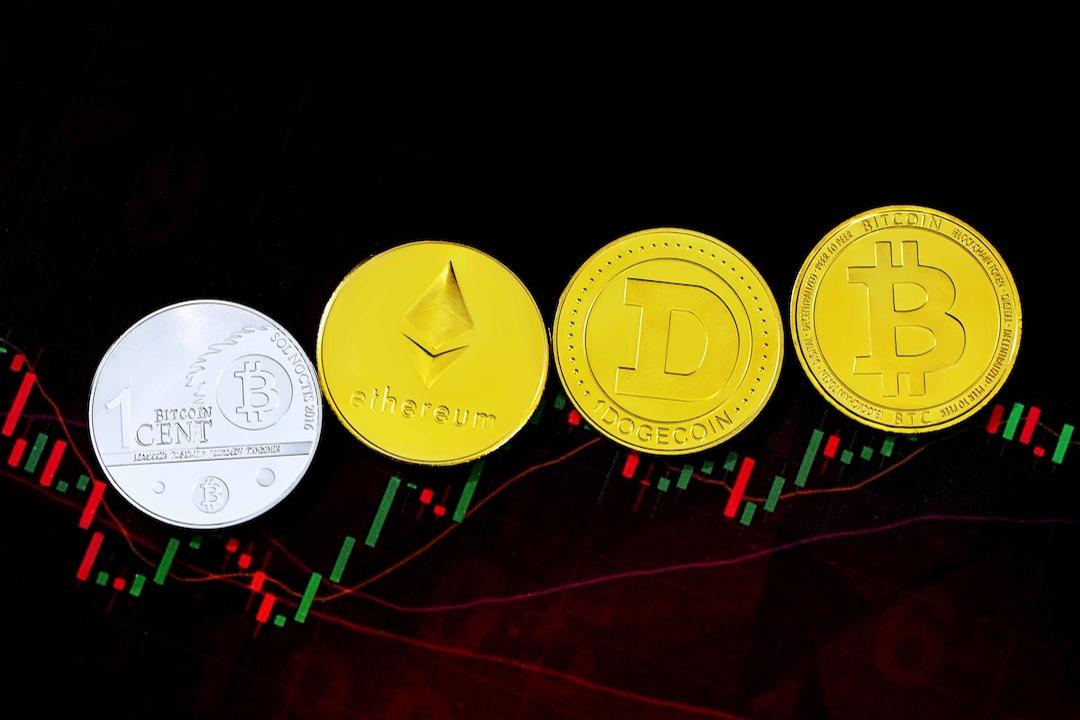CoinWorld reported:
Recently, a series of negative news about the Polkadot (DOT) ecosystem has attracted widespread attention from the industry and investors. From high marketing expenses, lack of actual business highlights, to governance issues and allegations of racial discrimination, Polkadot seems to be facing a serious crisis. Industry insiders warn that Polkadot’s financial situation is worrying, with funds that can only last up to 2 years at most, and it is very likely to become the next FTX.

It is reported that Polkadot’s marketing and promotion expenses in the first half of 2024 were close to $37 million, accounting for 42.4% of Polkadot’s annual budget, and the majority of its overall expenditure (total expenditure $87 million, net loss $108 million). This expenditure is mainly used for advertising, influencer endorsements, events, gatherings, and conference hosting, aimed at attracting new users, developers, and businesses to join the Polkadot ecosystem.
However, unfortunately, these expensive marketing promotions have not brought significant growth to Polkadot’s business. Zombit’s analysis report pointed out that in the first half of 2024, Polkadot’s on-chain activity did not see a significant increase, with sluggish growth in active users, transaction volume, and other key metrics. There are not many notable applications and developments in the ecosystem, which contrasts sharply with Polkadot’s high marketing expenditure of $37 million.

Some analysts pointed out that according to Polkadot’s own financial reports, as of June 30, 2024, the Treasury fund pool (similar to reserves) balance was only $960 million. Although Polkadot has certain inflation mechanisms to inject new funds into the Treasury, considering the recent high expenditure of Polkadot and potential continued high expenditure, the Treasury funds are unlikely to last for too long.
At the current rate of expenditure, the Treasury can only sustain for 24 months at most. In other words, Polkadot is likely to exhaust its main source of funds within 2 years, which will severely restrict the network’s sustainable development and face significant challenges.

Some supporters of Polkadot have attempted to clarify this concern, arguing that Polkadot has a sustainable financial model and Treasury is not the only source of funds. However, in fact, Polkadot’s revenue model is not clear, and there is still significant uncertainty about the sustainability of the Treasury.
This undoubtedly raises doubts from the outside world: Does the Polkadot Foundation have problems with fund management, abusing fund funds for ineffective marketing promotions? For the long-term development of the Polkadot ecosystem, this is undoubtedly a significant hidden danger.

More worryingly, Polkadot’s governance mechanism is also under scrutiny. A developer named VictorJi pointed out that Polkadot’s governance is too centralized, lacks sufficient community participation, and lacks transparency and fairness in the decision-making process, and even involves discrimination against Asians.
Specifically, suggestions and opinions from Asian developers within Polkadot are often ignored or treated perfunctorily, while developers from Europe and the United States receive more attention and support. This differential treatment has led to dissatisfaction among many Asian developers.
This accusation undoubtedly undermines Polkadot’s credibility and directly affects its sustainable development. As a blockchain project with a global focus, if Polkadot does have such regional discrimination issues, it may be difficult to continue to gain trust and support from a wide range of users.

All these signs undoubtedly raise concerns in the market about Polkadot. Some analysts bluntly said that Polkadot may become the next cryptocurrency crash event after FTX. High marketing costs, lack of actual results, controversial governance issues, and the imminent depletion of the fund pool undoubtedly exacerbate Polkadot’s crisis, raising concerns that it is following in the footsteps of FTX.
In response to external doubts, the Polkadot team has responded. They stated that the use of Treasury funds is decided by governance voting and not spent recklessly. At the same time, they also claimed that Polkadot adopts a “self-sufficiency” model, which can continue to receive funding support through various channels and will not exhaust funds within 2 years. They also denied the allegations raised by VictorJi, stating that Polkadot has never engaged in any racial discrimination.

However, these explanations have not fully convinced the public, and the numerous negative news has raised widespread concerns among users and investors. Polkadot seems to focus more on marketing and public posture, often criticizing other projects rather than addressing its internal shortcomings. Although Polkadot had a bright early outlook and technical advantages, without necessary reforms, it may gradually be forgotten like EOS and Tezos.
Overall, high marketing expenses, governance deficiencies, ethnic discrimination, and the imminent depletion of funds have become a “time bomb” for Polkadot. Whether it will really follow in the footsteps of FTX may still need to be observed for some time. After all, there are key differences between Polkadot and FTX.

The collapse of FTX was accelerated by its role as an exchange, where liquidity issues could quickly spiral out of control. Polkadot, as a blockchain platform, operates differently. Its collapse may be slower, with the loss of user and developer trust being the driving force, rather than an immediate liquidity crisis.
The resolution of Polkadot’s crisis depends on its transformation capabilities. Resolving user experience issues, increasing DEX liquidity, and improving governance are key steps. Unlike FTX, Polkadot has the opportunity to correct its course and leverage its technical advantages to regain community trust, avoiding the trap that led to FTX’s rapid collapse. The next few months will be crucial for Polkadot to adjust its strategy and maintain its growth.
Subscribe to Updates
Get the latest creative news from FooBar about art, design and business.
Is Polkadot DOT on the Verge of Collapse Incompetent Governance and Discrimination Against Asia Funds to Deplete in Two Years The Next FTX
Add A Comment

